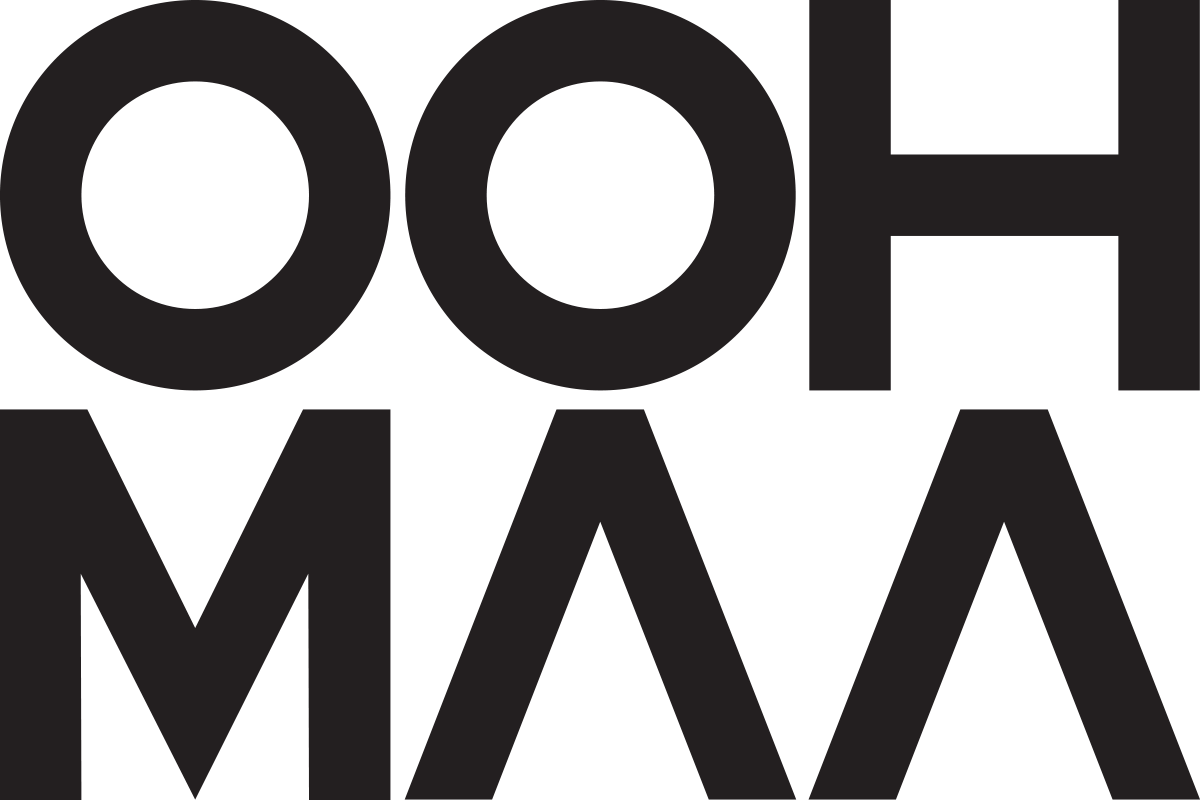DOOH unites entertainment, information and commerce to drive outcomes
Digital Out of Home offers a bridge between online and offline experiences, uniting ad creative with informative messages to motivate consumer action, writes Xaxis’ Akama Davies.
The most recent Advertising Association/WARC Expenditure Report predicts Digital Out of Home (DOOH) investment will experience a 30.5% year-on-year growth in 2022, as marketers continue directing budgets toward channels that resonate with consumers.
A new study from GroupM’s Sightline, ‘The DOOH difference: Global consumer attitudes to digital outdoor advertising and its unique potential for advertisers’, collected opinions from 11,000 respondents in 11 major global markets, exploring perceptions of DOOH in comparison to other online and offline advertising channels.
According to the findings, audiences worldwide consider DOOH to be impactful, innovative, and creative, making it a valuable part of advertisers’ media mix. From heightening brand awareness and consumer engagement with complementary channels to driving purchases in-store and online, the Sightline survey reveals DOOH’s influence all along the consumer journey.
Lights, information, action: DOOH generates an immediate response
After seeing a DOOH ad, half of the consumers are motivated to conduct a purchase ‘there and then’, demonstrating the strong potential of DOOH campaigns to directly support key business metrics such as ROI. What’s more, 77% of audiences view DOOH ads as quite or very informative and 53% believe DOOH ads provide them with enough information to make a purchase. By bringing large, high-impact creative together with messages audiences find useful, DOOH allows advertisers to roll out powerful campaigns that drive consumer action.
Advanced solutions are enabling advertisers to measure the performance of DOOH by combining geolocation data, first-party signals, and third-party signals. This allows advertisers to pinpoint which DOOH campaigns drive performance, for instance, uplifts to in-store footfall or social media engagement, and optimise ad spend in response. Measurement technologies can shed light on consumer actions across both online and real-world environments, helping to inform advertisers’ wider media strategies.
Making omnichannel advertising shine brighter
The Sightline survey also highlighted DOOH’s value for maximising the impact of omnichannel campaigns. Over one-third of marketers use DOOH to complement their digital plans and more than six in ten view DOOH as an important screen for integrated Omni-video campaigns. As programmatic trading techniques continue to progress for DOOH, advertisers will increasingly be able to leverage this channel as part of a holistic media strategy.
Consumer behaviours are already proving the influence of integrated campaigns, with 38% of consumers visiting a website from a DOOH ad, while two-thirds are encouraged to look up information online, emphasising DOOH’s ability to boost brand consideration and evaluation.
Innovative technologies are also streamlining the cross-channel customer experience, for example, QR codes, which 94% of audiences consider useful. QR codes can take mobile users to a product landing page or provide access to a personalised offer, delivering a frictionless and tailored customer journey.
DOOH creates interesting travels and quality commutes
Audience opinions also show that DOOH ads are a widely accepted and well-received aspect of the consumer experience. In city environments especially, DOOH has contributed to the iconic reputation of places such as Piccadilly Circus and Times Square, but now it is also becoming embedded in public transport and town high streets.
Consumers worldwide hold positive attitudes towards DOOH as it offers a quality, non-interruptive advertising experience that harmonises with surrounding locations. To make the most of audiences’ receptiveness, advertisers must seize the full creative potential of DOOH ad placements.
Entertainment and innovation open branding opportunities
When consumers compare different advertising channels and formats, the Sightline study found that DOOH ads are more often perceived as having brand-focused attributes. One-third of respondents, for instance, believe DOOH is used by the most popular brands, offering marketers a great opportunity to heighten brand reputation.
Furthermore, DOOH was ranked the most innovative of all the channels surveyed, possibly due to its potential for interactivity and its captivating 3D formats that bring ads to life. DOOH ads are also considered to be creative, and with programmatic capabilities, marketers can tailor DOOH creative in near real-time based on time of day or local weather conditions to ensure ad relevance. An equal proportion of audiences (37%) consider DOOH, TV, and radio ads to be entertaining, proving DOOH’s capacity to merge precision targeting and creative optimisation capabilities with traditional channels’ mass reach and impact.
As a bridge between online and offline experiences, DOOH effectively unites ad creative with informative messages to motivate consumer action. Whether boosting brand consideration or encouraging consumers to conduct a purchase, this channel is a critical part of the advertising experience that audiences enjoy. By integrating DOOH into their omnichannel strategies, marketers can successfully hit their objectives and deliver business outcomes.

